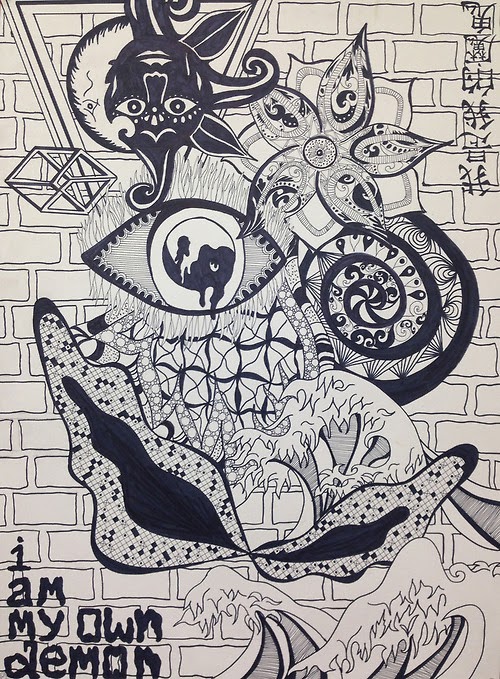The idea for this project is to create a pyramid shaped sculpture that can stand on it's own when left on a surface but can also be picked up and hung from above. When lifted up, the pyramid breaks up into different fragments that alters the viewer's perception of time.
Simplified sketch of how it will look like:
Eyes crying
Mess up the order of eyes tearing up on the surface and in the inside it would be various states of mind (E.g happiness, fear, contentment, anger)
Juxtaposition of the linear act of crying with the complexity of emotions one experiences at that time(non-linear/non-sequential).
Inspiration images:
The key concept of the illustration is to show the complexity of emotions that we experience over time. On the surface, a person could be shedding tears but beneath all that the emotion could be much more complicated and complex. We could feel angst, contentment, acceptance and maybe even happiness all at the same time. A person doesn't just feel sad and a person doesn't cry because he or she is sad. A person could be crying out of frustration, crying out of happiness, crying out of anger.














